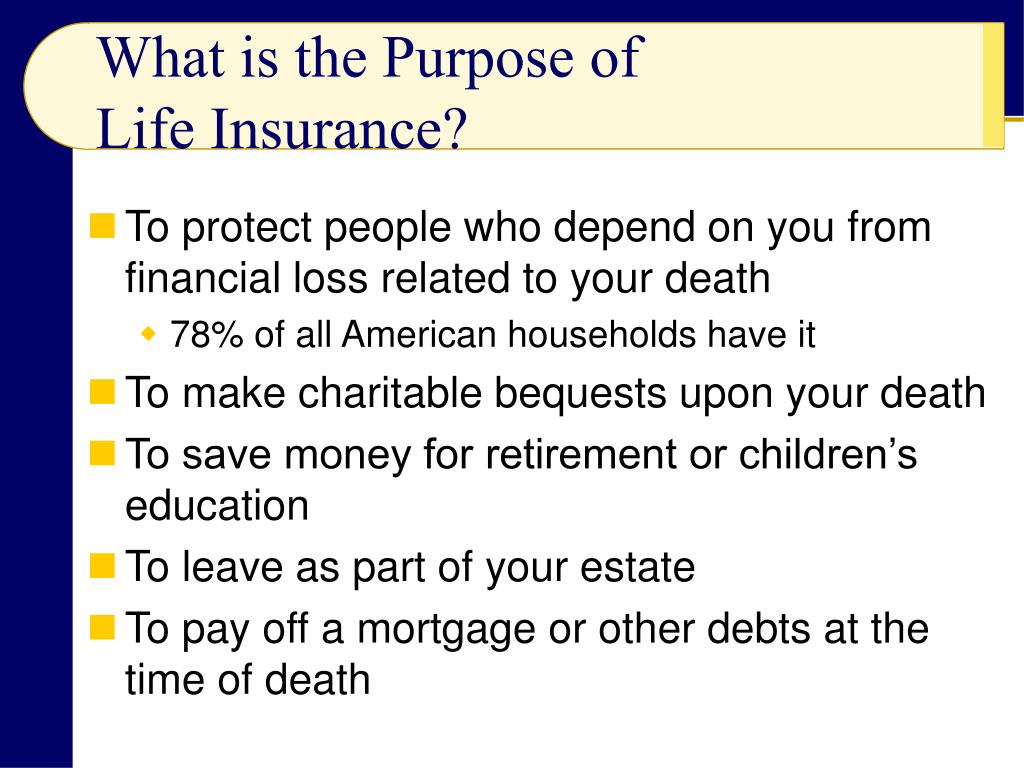The Greatest Guide To Pacific Prime
The Greatest Guide To Pacific Prime
Blog Article
About Pacific Prime
Table of ContentsThe 7-Second Trick For Pacific Prime5 Easy Facts About Pacific Prime ExplainedThe Pacific Prime IdeasSee This Report about Pacific PrimeAn Unbiased View of Pacific Prime

This is due to the fact that the data were accumulated for a period of strong economic performance. Of the estimated 42 million individuals that were uninsured, all yet about 420,000 (regarding 1 percent) were under 65 years of age, the age at which most Americans end up being qualified for Medicare; 32 million were grownups in between ages 18 and 65, around 19 percent of all grownups in this age group; and 10 million were children under 18 years old, about 13.9 percent of all children (Mills, 2000).
These price quotes of the variety of persons uninsured are created from the annual March Supplement to the Current Population Study (CPS), performed by the Demographics Bureau. Unless otherwise kept in mind, national quotes of individuals without medical insurance and proportions of the population with different sort of insurance coverage are based upon the CPS, the most widely used source of quotes of insurance policy coverage and uninsurance rates.
The Facts About Pacific Prime Revealed

Still, the CPS is especially valuable since it generates annual quotes relatively swiftly, reporting the previous year's insurance coverage approximates each September, and because it is the basis for a consistent set of quotes for greater than twenty years, enabling evaluation of fads in insurance coverage with time. For these factors, as well as the considerable usage of the CPS in other researches of insurance coverage that are provided in this record, we depend on CPS estimates, with limitations noted.

The estimate of the variety of without insurance people increases when a populace's insurance policy standing is tracked for numerous years. Over a three-year period starting early in 1993, 72 million people, 29 percent of the united state populace, lacked coverage for at the very least one month. Within a solitary year (1994 ), 53 million people experienced at the very least a month without insurance coverage (Bennefield, 1998a)
Six out of every ten uninsured grownups are themselves utilized. Although functioning does why not try this out boost the likelihood that and one's household participants will certainly have insurance, it is not a warranty. Also members of households with two full-time wage earners have practically a one-in-ten opportunity of being without insurance (9.1 percent without insurance rate) (Hoffman and Pohl, 2000).
The Of Pacific Prime
New immigrants make up a considerable proportion of people without health insurance coverage. One analysis has attributed a considerable part of the recent development in the size of the united state uninsured population to immigrants who got here in the nation in between 1994 and 1998 (Camarota and Edwards, 2000). Current immigrants (those that pertained to the United States within the previous 4 years) do have a high price of being uninsured (46 percent), yet they and their youngsters make up simply 6 percent of those without insurance country wide (Holahan et al., 2001).
The partnership between wellness insurance and accessibility to care is well established, as recorded later on in this phase. Although the partnership in between medical insurance and health outcomes is neither straight neither straightforward, a considerable medical and wellness solutions research study literary works web links health insurance policy coverage to better accessibility to care, much better quality, and enhanced personal and population health standing.
Levels of evaluation for examining the impacts of uninsurance. It concentrates especially on those without any kind of health and wellness insurance coverage for any kind of size of time.
Pacific Prime for Beginners
The problems dealt with by the underinsured are in some respects similar to those dealt with by the uninsured, although they are normally much less serious. expat insurance. Uninsurance and underinsurance, nevertheless, include clearly various plan issues, and the methods for resolving them might differ. Throughout this research study and the five records to adhere to, the main emphasis gets on individuals without any wellness insurance policy and thus no support in paying for wellness care past what is available with charity and safety and security net establishments
Medical insurance is a powerful variable affecting receipt of treatment because both patients and medical professionals reply to the out-of-pocket cost of services - https://www.gaiaonline.com/profiles/pacificpr1me/46638741/. Medical insurance, however, is neither necessary neither enough to access to medical services. Nonetheless, the independent and straight impact of wellness insurance protection on access to health services is well developed.
Others will get the wellness care they need even without medical insurance, by spending for it out of pocket or seeking it from providers who offer care totally free or at extremely subsidized rates. For still others, medical insurance alone does not guarantee invoice of treatment as a result of various other nonfinancial barriers, such as a lack of health treatment suppliers in their area, minimal access to transportation, illiteracy, or etymological and cultural distinctions.
The Ultimate Guide To Pacific Prime
Official study concerning uninsured populations in the United States dates to the late 1920s and very early 1930s when the Committee on the Price of Healthcare created a series of reports regarding funding medical professional office brows through and hospital stays. This concern ended up being significant as the numbers of medically indigent climbed during the Great Anxiety.
Report this page